

A bird so cute they closely resemble a brilliant bright blue sapphire, glistening like a jewel when on the wing!
Meet the White-winged Fairywren
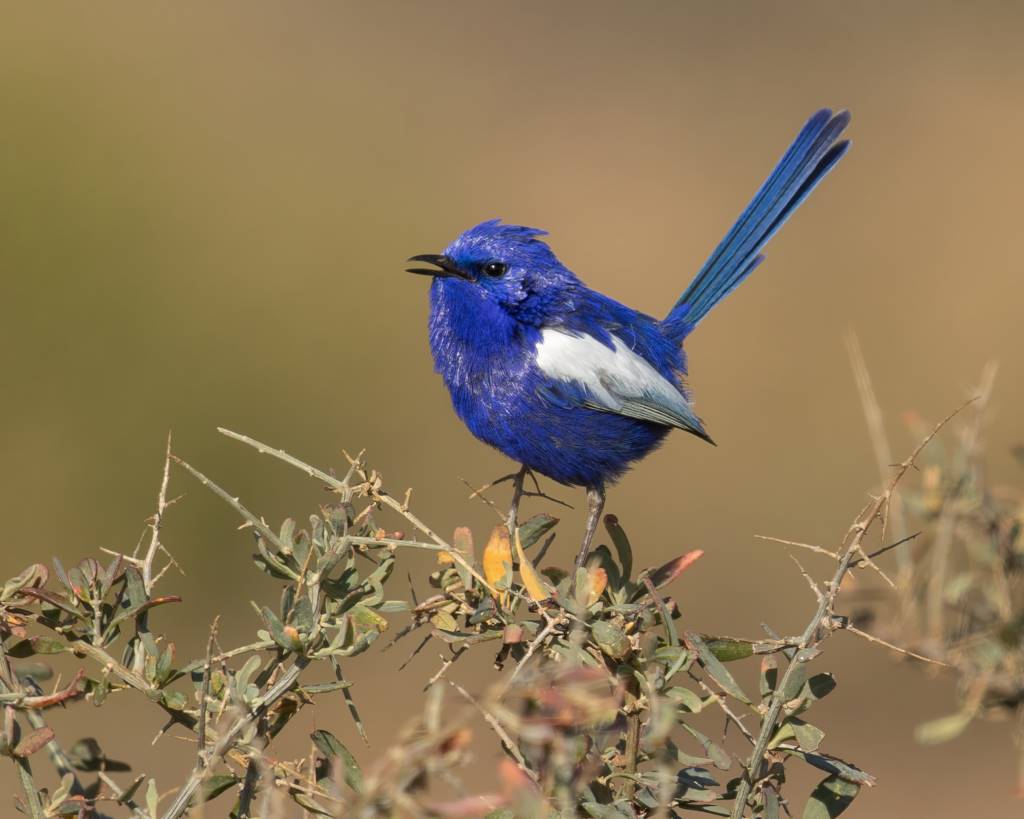
Photo Courtesy of JJ Harrison (https://www.jjharrison.com.au/) / CC BY-SA 4.0 The white-winged fairywren (Malurus leucopterus) is a species of passerine bird that looks most striking when seeing an adult male. His breeding plumage is either a brilliant dark blue or glossy black with white shoulder patches, finished off with a mid to dark blue tail. The glossy black plumage is found on the subspecies edouardi, found only on Dirk Hartog and Barrow Islands off Western Australia, while the dark blue is found on the mainland subspecies, leuconotus.
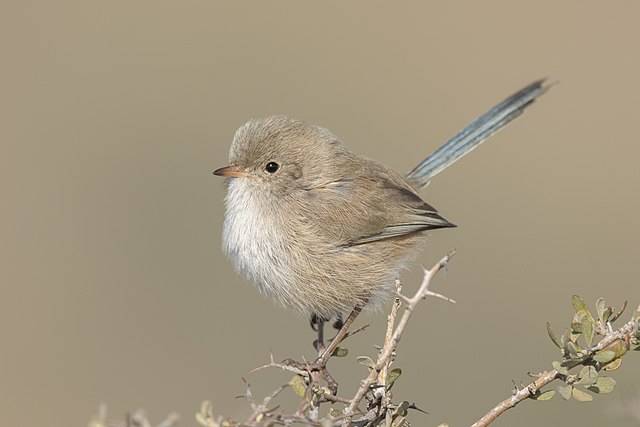
Photo Courtesy of Andreas Trepte / CC BY-SA 4.0Adult females are more are a drab grey-brown crown, back and wings finished off with a grey tail with a faint hint of blue.
She has a white belly, while her flangs and lower belly are washed dull buff. Juveniles look more like the female.
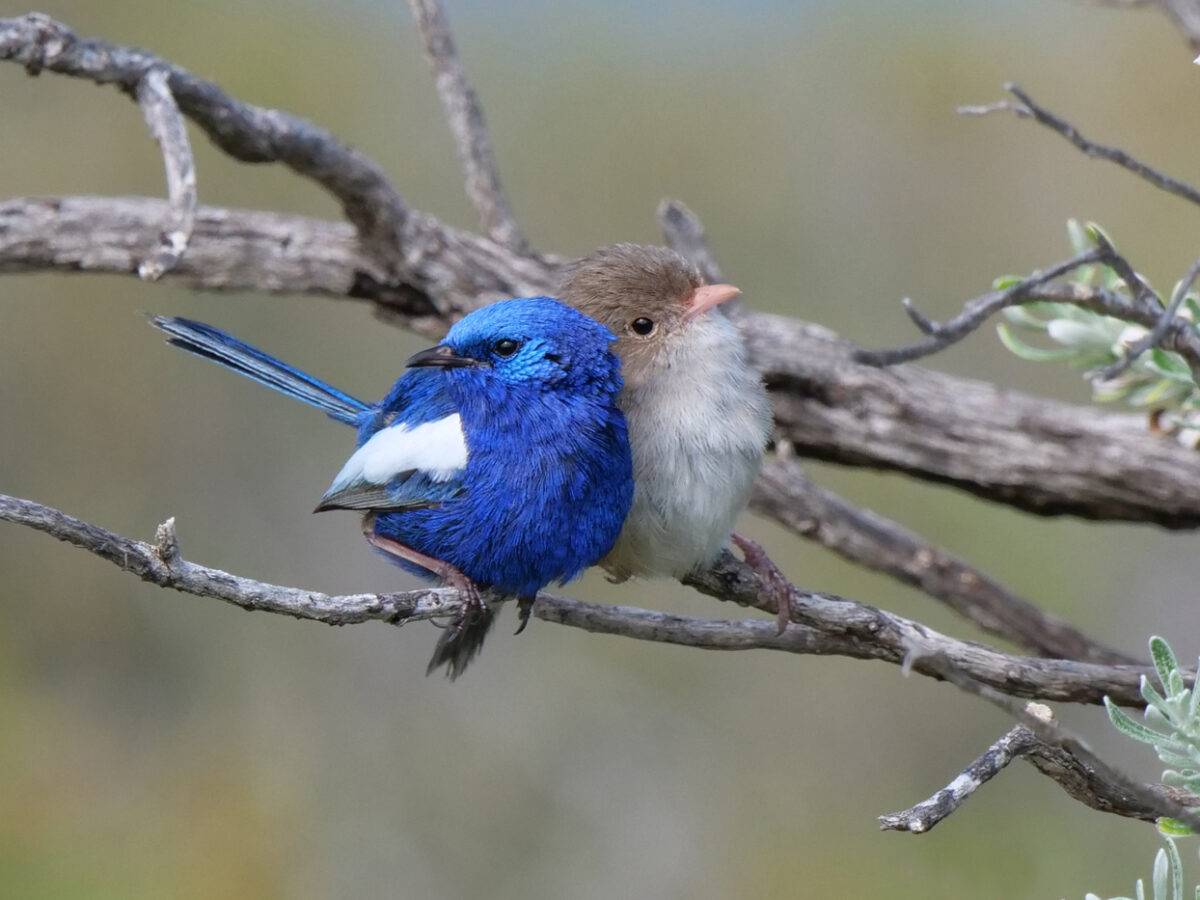
The White-winged Fairy-wren is found from Dirk Hartog Island and the coast of Western Australia, east across mainland (not north) to central and southern Queensland, central New South Wales, and NW Victoria.
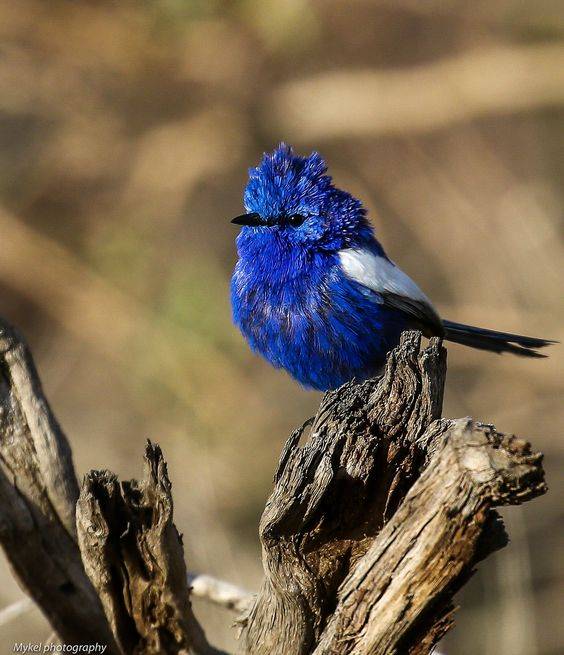
The White-winged Fairy-wren is found throughout low shrubland, arid and semi-arid areas, especially in the samphire on saltpans and chenopod. It is replaced by the Splendid Fairy-wren where vegetation is taller.
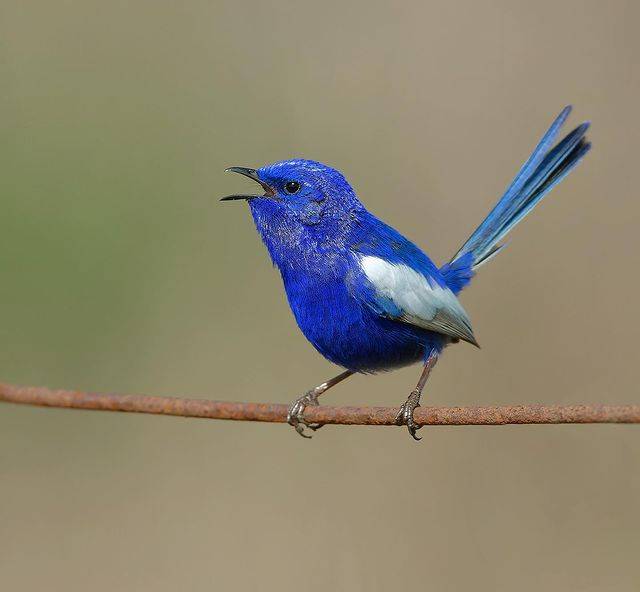
The White-winged Fairy-wren prefers eating insects, especially beetles, as well as spiders. However, it will also eat some seeds of the plant genera Rhagodia, Chenopodium, and Euphorbia.

The White-winged Fairy-wren is a socially monogomous but sexually promiscuous bird. A cooperative breeder, it appears to live in groups. The nest is built by the female and is a domed structure measuring 10 x 6cm, with a side entrance. The nest is made from fine grasses, lined with plant down and feathers. It is usually built about 1m above ground, usually in the middle of dense thorny bush. The female incubates the eggs and all members of the group feed the chicks for about four weeks. When fledged the young remain part of the family group.
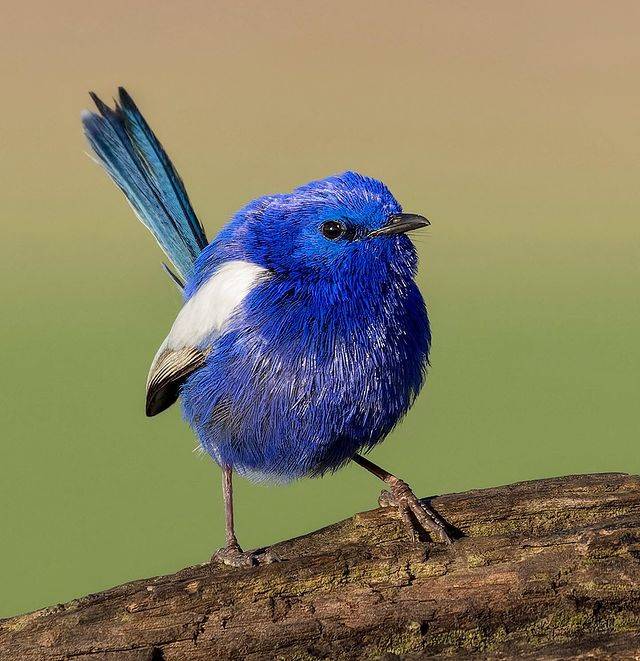
Populations of White-winged fairy wrens have been adversely affected by various types of habitat destruction caused by humans! They are now in decline.

